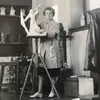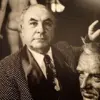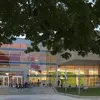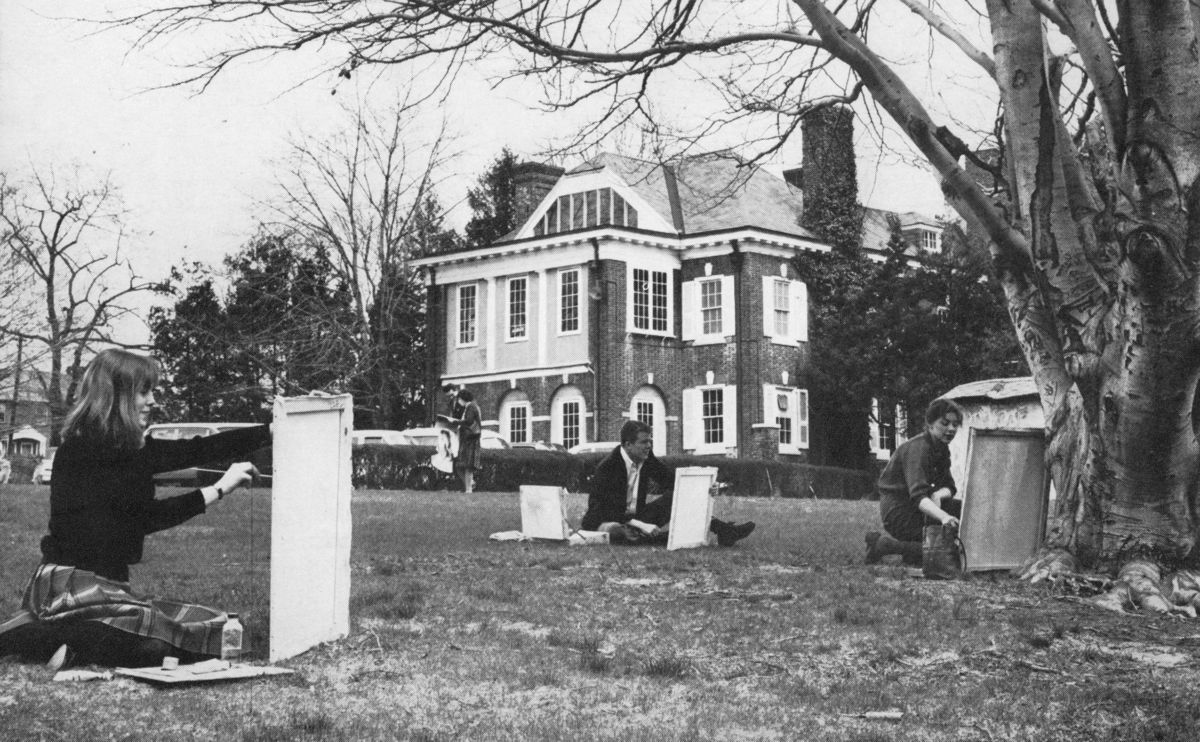
After meeting sculptor and educator Boris Blai, Stella Elkins Tyler developed a creative partnership with him that would shape her legacy.
In the 1930s, she offered her estate in Elkins Park, Pennsylvania, to Temple University, with the express wish that, through her mentor, the sculptor Boris Blai, it would become an environment for study in the arts.
In April 1935, the board of trustees established the Stella Elkins Tyler School of Fine Arts and installed Blai as the director.

Boris Blai, the school’s first dean, instilled into the school a commitment to progressive education emphasizing students’ mastery of technique within the framework of a liberal arts curriculum. Individual attention to each student’s needs, he insisted, was the basis of successful teaching. Blai was committed to art as a socially-engaged practice. “It is the principle of the school that students…are individuals who must contribute to the life and development of society at large,” he wrote. During his 25-year tenure he shaped Tyler into one of the nation’s finest visual arts centers.
A Growing Curriculum
Over the decades, Tyler advanced its programs in response to new definitions of art-making and the role of art in society. Programs have been developed in Art History, Community Arts Practices, Visual Studies and Art Therapy. Today, the curriculum at Tyler continues to evolve by incorporating digital technology, video, installation and performance.

Global Reach
Blai’s successor, Charles Le Clair, added a residence hall, two studio/classroom buildings and founded a study abroad program in Rome, Italy. Today, Temple University Rome remains among the most respected fine arts study abroad programs in Europe, now fully integrated into Temple University with expanded course offerings in a range of liberal arts and science disciplines. In 1982, Temple University founded its Japan campus, drawing public attention as the first campus of an American university in Japan. Tyler students today can study abroad in Tokyo or Kyoto.

Architecture and Environmental Design Merges with Art Programs
The pace of change accelerated dramatically in the late 1990s, when Tyler welcomed Temple’s Architecture programs, which had been founded in 1969 to expand architectural education in the city of Philadelphia. In 2016, four more Temple programs joined Tyler: City & Regional Planning, Community Development, Horticulture and Landscape Architecture (the latter two programs trace their origins to the historic Pennsylvania School of Horticulture for Women). Currently, and for the first time in Temple’s history, all of the built-environment design disciplines at the university are unified in one academic unit.

A Home in the City
In 2009, Tyler moved from suburban Elkins Park into a new, 255,000-square-foot, state-of-the-art building at Temple’s Main Campus in Philadelphia. Only three years later, Tyler Architecture moved into a new 50,000-square-foot facility connected to the new Tyler building.

Expanding Our Name and Our Vision
In 2017, Susan E. Cahan came to Tyler. She launched a school-wide discussion that culminated in initiatives to increase cross-disciplinary collaboration and fully integrate architecture and environmental design at Tyler. In 2019, more than 20 years after Architecture became a part of Tyler, the school expanded its name to the Tyler School of Art and Architecture—a move that embraces the school’s true breadth. Since then, Dean Cahan has led Tyler through forward-thinking curriculum revisions, adapting to meet the demands of new technologies, new social conditions, and new ways of thinking.

